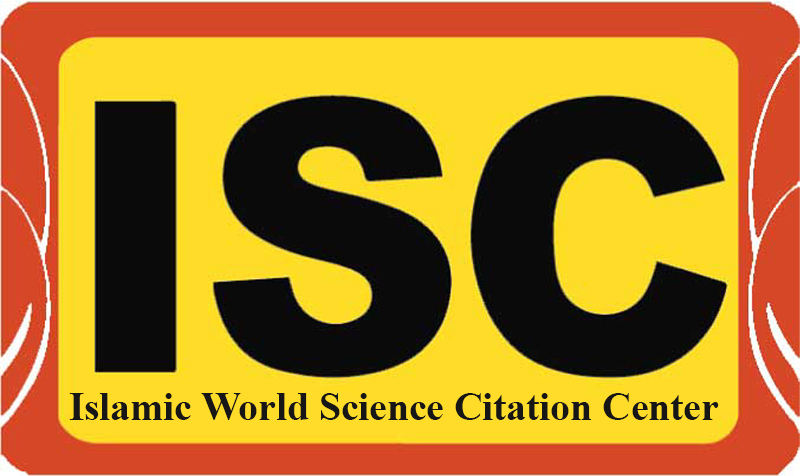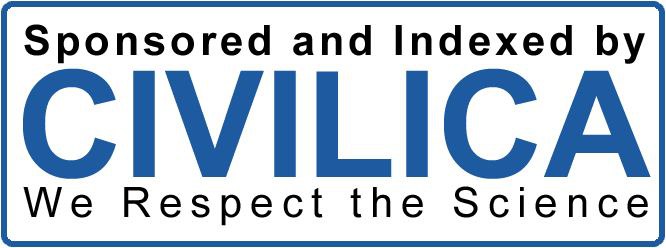Comparative Effects of Ethanolic Leaf Extracts of Gongronema latifolium Benth and Bryophyllum pinnatum (Lam.) Oken in The Management of Diabetes Mellitus in Albino Rats
DOI:
https://doi.org/10.62134/ajbms/v1.i1.khatamuni.1Keywords:
Plant, Bryophyllum pinnatum, Gongronema latifolium, RatsAbstract
Introduction: Diabetes is a multi-factorial metabolic disorder characterized by hyperglycemia, which is the primary factor in preventing glucose from achieving its desired levels in patients with the condition. Hyperglycemia results from a lack of insulin secretion, inadequate insulin action or both.
Materials and Methods: The comparative effects of ethanolic leaf extracts of The comparative effects of ethanolic leaf extracts of Gongronema latifolium (G. latifolium) and Bryophyllum pinnatum (B. pinnatum) on some biochemical parameters in diabetic induced albino rats were investigated. Two different concentrations of ethanolic leaves extracts of both plants were used to treat alloxan-induced diabetic rats.
Results: The study found that alloxan administration significantly increased blood sugar levels in diabetic rats, with the highest reduction in group 7 and the lowest in group 5. The ethanolic extracts of B. pinnatum and G. latifolium leaves showed potential hepatoprotective and renal protective activities, but mild urea level alteration was observed. The study suggests that these extracts may be beneficial for diabetic rats.
Conclusion: The study reveals that alloxan monohydrate can induce diabetes in animals, and ethanolic extracts from B. pinnatum leaves and G. latifolium leaves may reduce blood sugar levels in diabetic rats. Glibenclamide showed better hypoglycaemic effects. Alloxan may cause hepatotoxicity and renal toxicity, but the extracts may also cause mild urea level alteration.
Downloads
Published
How to Cite
Issue
Section
License
Copyright (c) 2023 Afghanistan Journal of Basic Medical Science

This work is licensed under a Creative Commons Attribution 4.0 International License.









